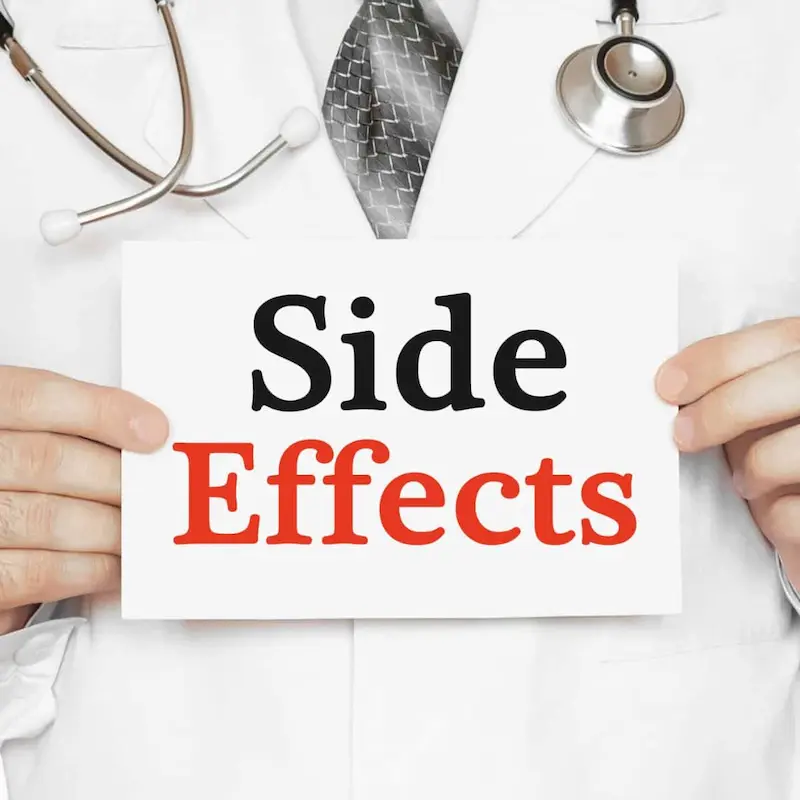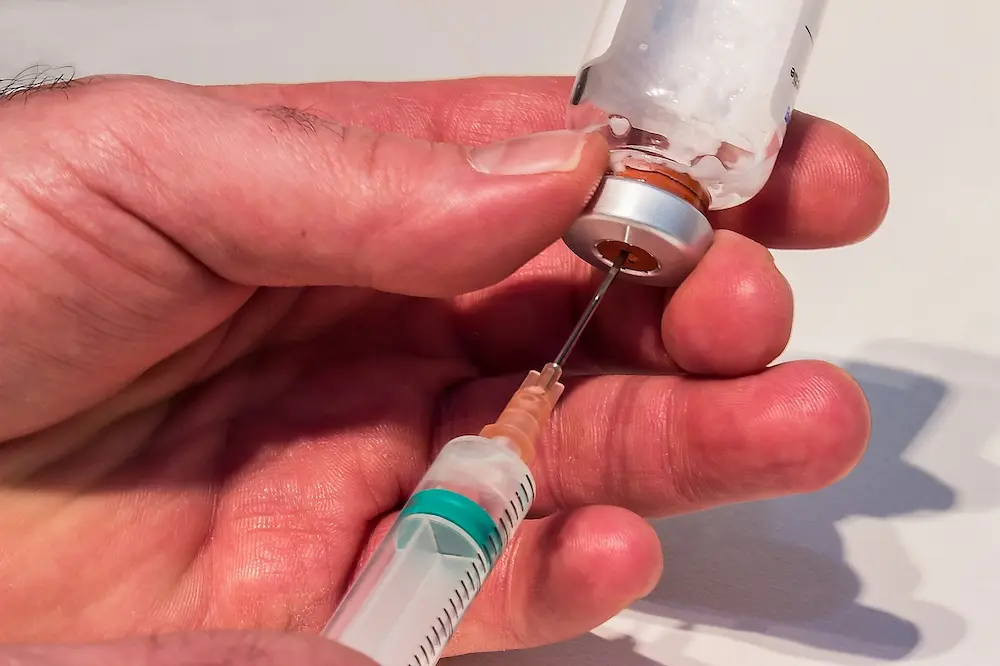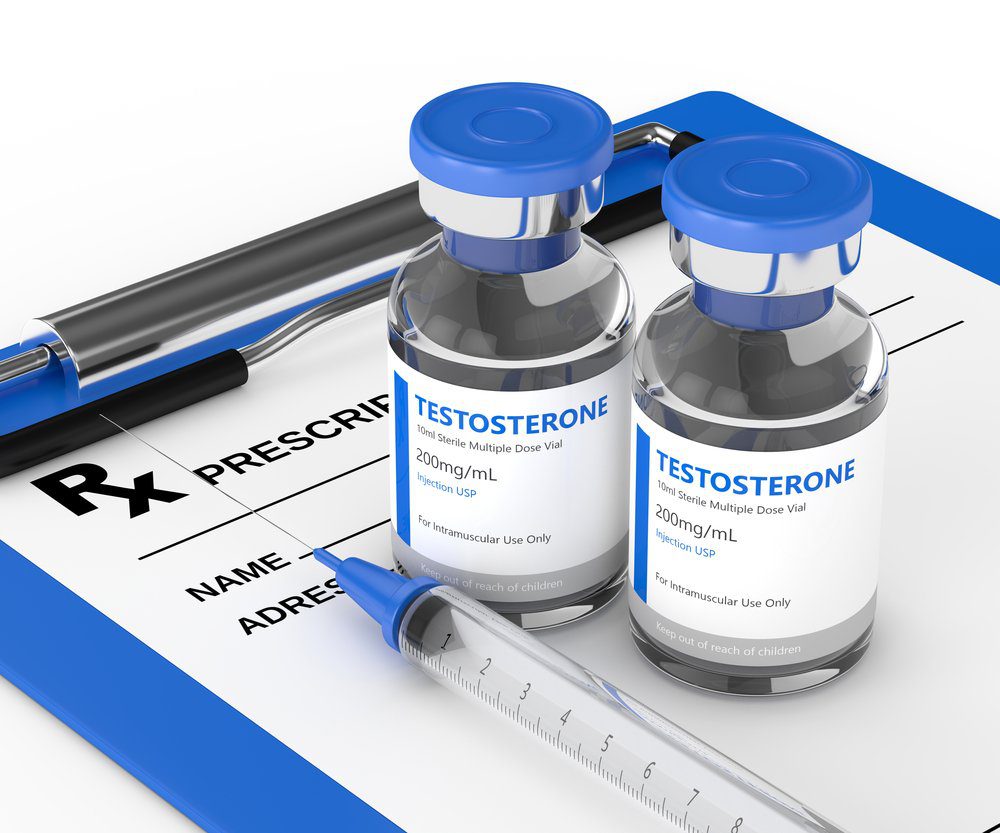Last Updated on January 3, 2025
Testosterone enanthate vs cypionate – two of the most commonly used synthetic testosterone variants in the realm of bodybuilding. Both substances are anabolic steroids, designed to mimic the effects of natural testosterone, which plays a critical role in the development and maintenance of male secondary sex characteristics, muscle size, and strength. Their use has been a topic of much discussion within the bodybuilding community, with advocates touting the potential muscle-building benefits.
The debate between testosterone enanthate and cypionate centers on their effectiveness, pharmacokinetics, and side effects. Both forms are long-acting testosterone esters, providing a sustained release of testosterone into the bloodstream. This prolonged release ensures that users can maintain steady hormone levels, which is optimal for muscular hypertrophy and strength gains. Differences in the ester chain length of enanthate and cypionate result in slightly varying half-lives, impacting the frequency of administration.
The choice between testosterone enanthate and cypionate involves factors such as personal tolerance, the frequency of injections, and individual response. Bodybuilders often make a selection based on their own experience with side effects, injection schedules, and the results they achieve. It’s crucial for users to be aware of the legal and medical considerations when using anabolic steroids. Professional medical advice should always be sought before beginning any steroid cycle to minimize health risks.
Quick Summary
- Testosterone enanthate and cypionate are synthetic forms of testosterone commonly used in bodybuilding.
- They are selected based on their pharmacological properties, user experience, and the balance of muscle gains vs. side effects.
- Legalities and medical oversight are important when considering the use of anabolic steroids.
Understanding Testosterone in Bodybuilding

Testosterone plays a pivotal role in muscle growth and performance enhancement, particularly in the context of bodybuilding. The nuanced differences between Testosterone Enanthate and Cypionate are crucial for athletes to consider when incorporating these anabolic steroids into their regimen.
Role of Testosterone
Testosterone is the primary male sex hormone and an anabolic steroid that is key in developing muscular strength and size. It promotes the retention of nitrogen in the muscles, which is a fundamental building block for protein synthesis—ultimately leading to muscle growth. An increase in testosterone levels can substantially improve muscle recovery and training performance.
In bodybuilding, artificially increasing testosterone levels is often pursued to accelerate muscular development and improve strength. It is important to note that the non-medical use of testosterone for bodybuilding can have legal and health implications.
Testosterone Enanthate vs Cypionate
| Testosterone Enanthate | Testosterone Cypionate | |
|---|---|---|
| Chemical Structure | It has a 7-carbon ester chain | It has an 8-carbon ester chain |
| Release Time | Slower release into the bloodstream (4-5 days half-life) | Slightly slower release compared to Enanthate (5-7 days half-life) |
| Administration Frequency | Typically once a week or every two weeks | Usually once a week to maintain stable testosterone levels |
| Popular Usage | Common in Europe and outside of the United States | Predominantly used in the United States |
Testosterone Enanthate and Testosterone Cypionate are both long-acting forms of testosterone, used in the treatment of males with low testosterone levels and adopted by bodybuilders for muscular development. They are chemically similar, both classified as anabolic steroids and sharing the ability to stimulate muscle growth and enhance performance.
However, they differ in their respective ester lengths; Enanthate has a slightly shorter ester chain than Cypionate. This structural difference slightly affects how long each testosterone ester stays in the body, influencing the frequency of injections required for stable blood levels. Bodybuilders may choose one over the other based on personal preference, availability, or subtle variations in how their bodies react to each compound.
Dosage and Administration

In the realm of bodybuilding, the precise dosage and administration of testosterone enanthate and cypionate are crucial for balancing efficacy and minimizing side effects.
Injection Protocols
Testosterone enanthate and cypionate are administered intramuscularly. The frequency of injections typically ranges from once every week to once every two weeks, as their ester lengths allow for a more extended release of testosterone into the bloodstream.
Testosterone Enanthate:
- Common Injection Frequency: Once every 5-7 days
Testosterone Cypionate:
- Common Injection Frequency: Once every 7 days
Bodybuilders develop injection cycles in strict adherence to their training regimens and goals. They often work with healthcare providers to determine safe practices. Sterile technique and proper injection sites, such as the gluteal muscle or lateral thigh, are emphasized to reduce the risk of complications.
Dosage Calculation
Dosage of testosterone enanthate and cypionate is individualized based on several factors, including the user’s goals, experience with anabolic steroids, and tolerance:
- Beginners: 300-500 mg per week
- Intermediate Users: 500-700 mg per week
- Advanced Users: 700-1000 mg or more per week
Calculations for dosages must account for the ester weight, which affects the actual amount of free testosterone delivered. Periodic blood tests are recommended to monitor testosterone levels and adjust the dosage as needed. Discussions with a healthcare provider for a prescription are required, as misuse can lead to serious health problems. It is necessary to note that dosages and cycles should comply with medically approved standards, avoiding any abuse or non-prescribed use.
Side Effects and Management

Testosterone Enanthate and Cypionate are potent steroids used in bodybuilding to enhance muscle mass and strength. However, their use can lead to a number of side effects which need careful management to mitigate risks.
Common Side Effects
Testosterone Enanthate and Cypionate can cause several side effects that are common in the realm of anabolic steroids:
- Acne and Oily Skin: The surge in testosterone levels often results in increased oil production, leading to acne.
- Hair Loss: Sensitivity to androgens manifested as hair thinning or loss is a potential side effect for those genetically predisposed.
- Libido Changes: While initial boosts to libido are common, long-term use can lead to fluctuations and sometimes reduced libido.
- Water Retention: Enhanced testosterone can cause the body to retain water, leading to swelling and increased blood pressure.
- Mood Swings: Mood alterations, including increased aggression or irritability, may occur due to hormonal changes.
These side effects vary widely among individuals and can often be managed with dosage adjustments, lifestyle changes, or medical intervention.
Post Cycle Therapy (PCT)
Post Cycle Therapy (PCT) is a crucial part of managing the side effects of Testosterone Enanthate and Cypionate, particularly those related to hormone imbalance after a steroid cycle.
- Estrogen Blockers: Medications such as selective estrogen receptor modulators (SERMs) can help prevent estrogen-related side effects like gynecomastia.
- Hormone Balancers: Drugs like human chorionic gonadotropin (hCG) can stimulate the testes to produce testosterone naturally once again, facilitating recovery.
- Supplements: Nutritional supplements may also be used to support liver health and restore the body’s hormonal balance.
Effective PCT protocols are designed to help the body recover from hormonal disruptions and preserve muscle gains.
Comparative Pharmacology

In bodybuilding, the pharmacological profiles of Testosterone Enanthate and Cypionate play a crucial role in their application and results. This section compares the efficacy, potency, and pharmacokinetics of these two esterified forms of testosterone.
Efficacy and Potency
Testosterone Enanthate and Cypionate are both synthetic forms of testosterone. They serve as anabolic steroids designed to promote muscle growth by mimicking the effects of natural testosterone in the body. When it comes to efficacy and potency, the two drugs are nearly identical since they both are esterified versions of testosterone, designed to sustain a stable level of the hormone when used in therapy or bodybuilding.
Chemical Structure: Both esters have a similar carbon ester chain, which is responsible for their time-release properties. However, Testosterone Cypionate possesses an additional carbon atom in its ester chain compared to Enanthate.
Anabolic Effects: The effectiveness of both esters in increasing lean muscle mass and strength due to their anabolic properties is well-documented, though no significant difference between the two is generally reported in terms of anabolic efficacy.
Half-Life and Esters
Half-life is a crucial metric in pharmacology and directly impacts dosing schedules.
Testosterone Enanthate has a half-life of approximately 7-10 days.
Testosterone Cypionate, on the other hand, exhibits a slightly longer half-life ranging from 8 to 12 days.
The longer the half-life of a steroid, the less frequently an individual needs to administer the compound to maintain stable blood plasma levels, which can be advantageous in a therapeutic or bodybuilding setting.
Esters: The half-life of each testosterone version is influenced by its ester; longer ester chains generally result in longer half-life. Testosterone Cypionate, with one extra carbon in its ester chain than Enanthate, exhibits this slightly increased half-life, possibly affecting how frequently athletes need to inject to maintain optimal testosterone levels.
In conclusion, while both Testosterone Enanthate and Cypionate are effective in increasing testosterone levels to aid in muscle building, their differences in half-life may influence personal preference for one over the other based on injection frequency and individual response.
Legal and Medical Considerations

When discussing Testosterone Enanthate and Testosterone Cypionate in the context of bodybuilding, it is crucial to understand the legalities and medical implications of using these substances. They are both regulated and have specific indications for medical use that do not include enhancement of athletic performance.
Prescription vs. Illicit Use
Testosterone Enanthate and Testosterone Cypionate are both prescription medications typically used in testosterone replacement therapy (TRT). In the United States, they are classified as Schedule III controlled substances, meaning their use is legally restricted due to potential for abuse and dependence. Physicians prescribe these medications for conditions such as hypogonadism, where the body’s natural testosterone production is insufficient. The use of these substances without a prescription, or for non-medical purposes such as bodybuilding for aesthetic enhancement, is illegal and poses risks to an individual’s health. Legal consequences can include fines and imprisonment.
- Legal: Prescription only
- Illicit use: Illegal and subject to legal action
Alternative Treatments
Those seeking to enhance muscle growth without the use of prescription testosterone might consider legal steroid alternatives. These alternatives are often natural supplements that aim to support the body’s own testosterone production. While they do not have the same strong effects as synthetic testosterone, they are generally safer and legal to use. Individuals should consult a medical professional before starting any testosterone-boosting supplements to ensure they are appropriate and safe.
- Legal steroid alternatives: Natural supplements, safer option
- Medical consultation: Recommended for safety
References
- U.S. Drug Enforcement Administration. (n.d.). Drug Scheduling. DEA.gov. https://www.dea.gov/drug-information/drug-scheduling
Frequently Asked Questions

Testosterone enanthate and cypionate are popular choices for bodybuilding. It is important to understand their differences, effects, and user experiences in this context.
References
Author

Dr. Grant Fourie
Hi, I’m Dr. Grant Fourie, a dedicated medical professional passionate about advancing healthcare in our community. With 20+ years' of medical background, I strive to provide compassionate and innovative care to my patients. Outside the clinic, I enjoy sport and fitness hobbies, which keep me balanced and inspired.


